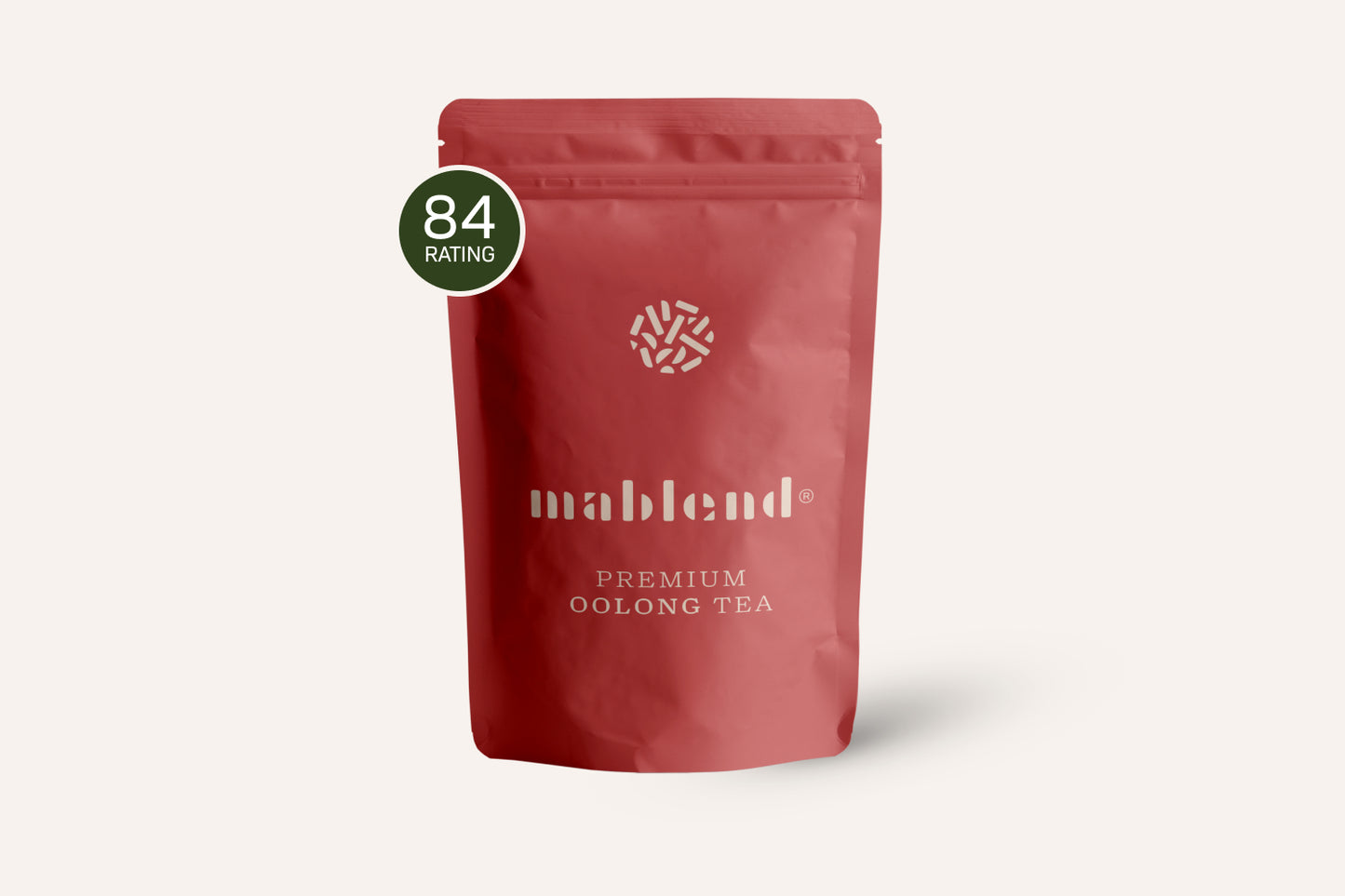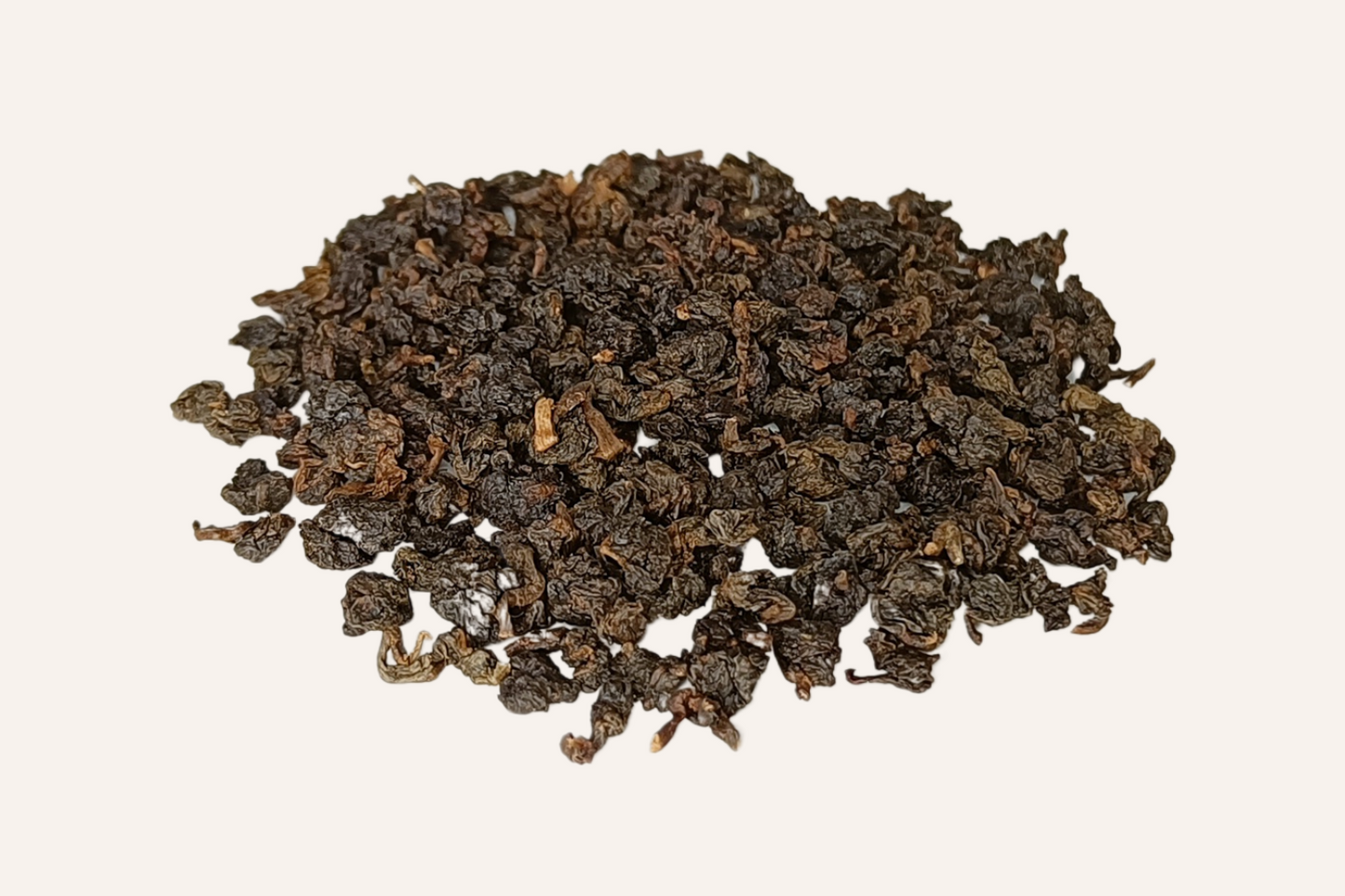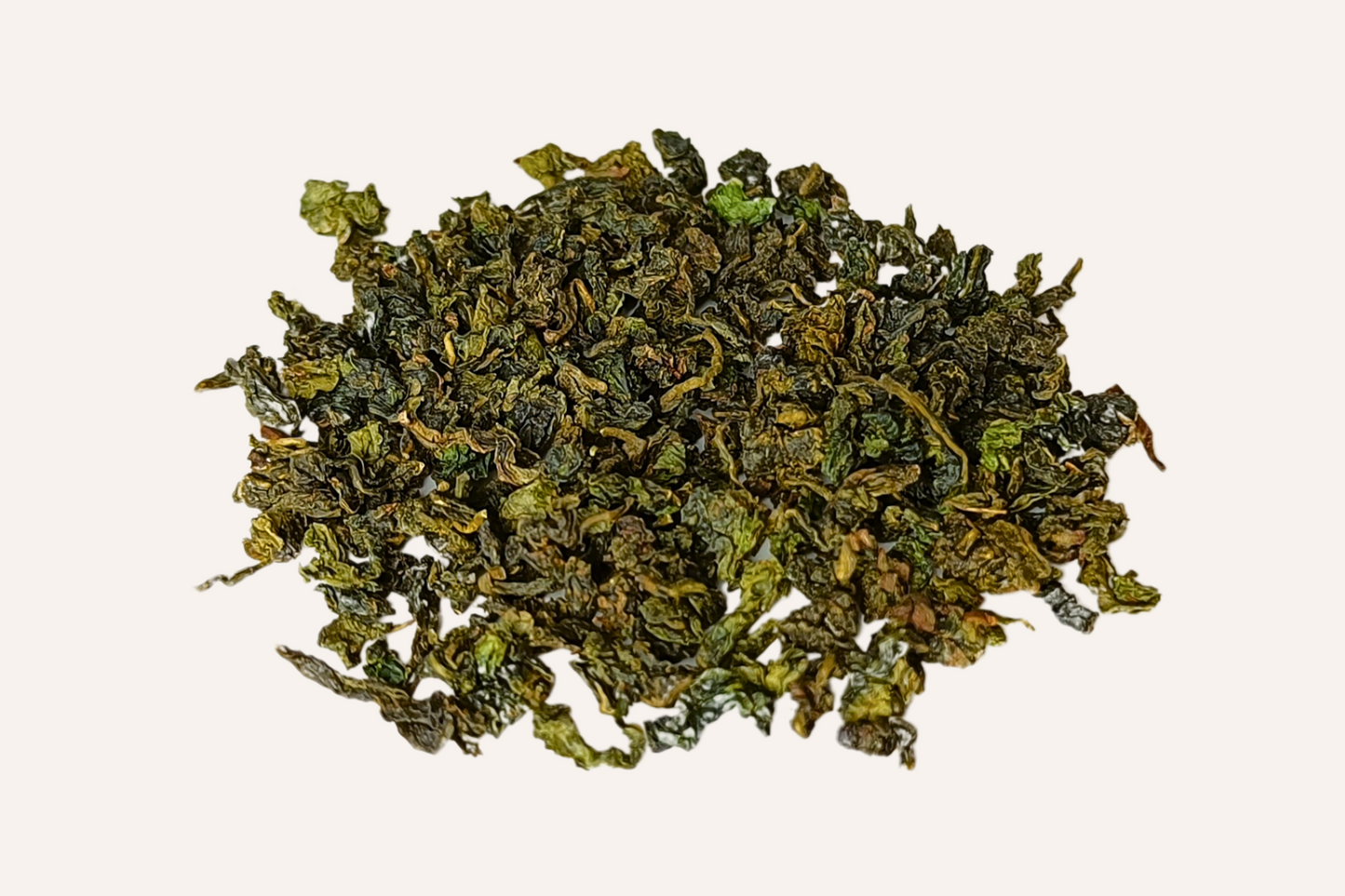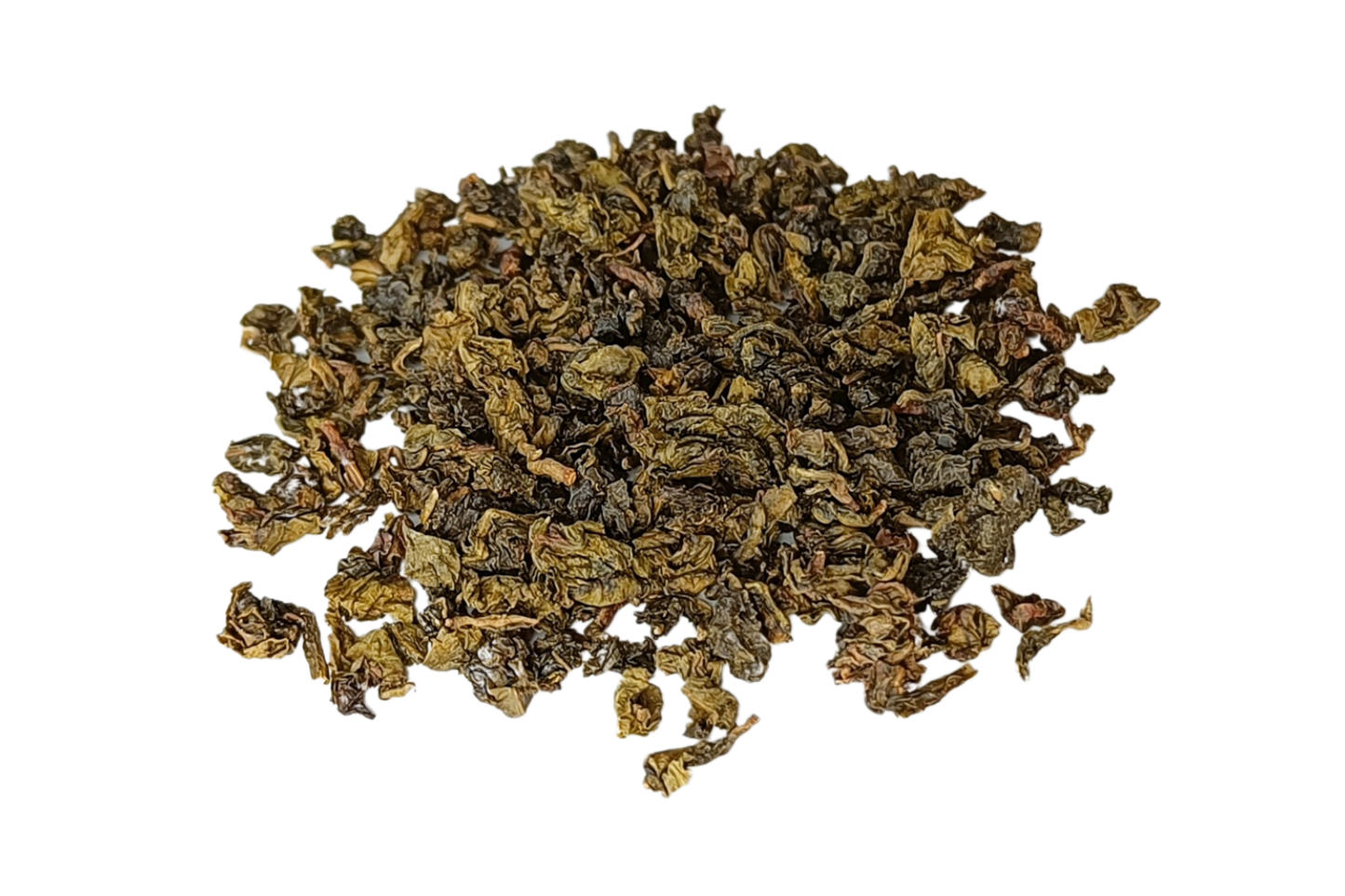Tea is more than a simple drink; it is a symbol of culture, history and social interaction, rooted in age-old traditions and rituals. But did you know that tea was originally discovered as an accidental byproduct of boiled water? Or that it played a role in the origins of the American Revolution? And have you ever wondered why tea has almost reached religious status in some cultures?
From the mythical discovery by Chinese Emperor Shen Nong in 2737 B.C. to the modern tea trends driven by health consciousness and social media, tea has been on a fascinating journey that has impacted the world in countless ways.
This article takes you on a fascinating journey through time to explore the rich history and influence of this fascinating drink. So brew a cup of your favorite tea and read on to discover how these simple plant leaves have changed the course of history and continue to do so.
The Origin of Tea
Shen Nong and the Discovery of Tea

According to legend, tea was first discovered by Shen Nong, a mythical Chinese emperor and herbalist, around 2737 BC. Shen Nong was known for his interest in herbs and their medicinal properties. One day, while he was boiling water under a tea tree, some leaves fell into the water. He tasted the brew and discovered not only a pleasant taste but also invigorating properties. Thus, tea was born.
The early uses of tea were primarily medicinal. It was used to treat various ailments, from headaches to digestive problems. As time passed, people began to appreciate the taste and social aspects of tea drinking, leading to the development of various tea cultures and traditions.
The Spread of Tea in Asia
Tea in the Tang and Song Dynasties

During the Tang and Song Dynasties in China, tea became an integral part of society. It was no longer just a medicinal drink but became a social bond. Teahouses appeared in towns and villages, and people from all walks of life gathered there to talk, discuss and enjoy tea. Artists, philosophers and ordinary people met in these teahouses, making it a center of cultural exchange.
Tea in Japan and Korea
The popularity of tea also spread to other parts of Asia. Tea seeds were first brought to Japan and Korea during the Tang and Song periods. This led to the establishment of tea plantations in these countries and the development of their own unique tea cultures.
Tea and the Silk Road
Tea and Tibet
An important development was the establishment of the Tea Horse Route, a trade route between China and Tibet. The Chinese traded tea for Tibetan horses. The Tibetans found that drinking tea helped balance their diet, which consisted mainly of fatty animal products, and led to fewer heart problems.
Tea in the Middle East
Tea also reached the Middle East via the Silk Road. This led to the emergence of tea drinking traditions in various Middle Eastern cultures. The spread of tea was not limited to Asia; it started to become a global phenomenon.
The Mongol Influence and the Ming Dynasty
The Mongol Interruption

In the late 13th century, the Mongols invaded China and took over most of Asia, the Middle East, and much of Europe. This had a temporary inhibiting effect on the spread and flourishing of tea culture.
The Ming Dynasty and the Modernization of Tea
With the rise of the Ming dynasty, the world of tea began to flourish again. New innovations such as clay teapots and gaiwans were introduced. It was also during this period that the processing of black and oolong teas emerged. The Ming Dynasty can be seen as the beginning of the modern period of tea.
Tea Reaches Europe
Portuguese and Dutch Traders

In the 15th and 16th centuries, Portuguese and Dutch traders arrived in China and were introduced to tea. They took tea back to Europe as one of the many exotic goods they traded.
Tea in England

The popularity of tea in Europe really started to take off when Catherine of Braganza, Princess of Portugal, married Charles II of England. She was a great lover of tea and helped popularize it among the English aristocracy, eventually leading to a wider acceptance of tea throughout England and beyond.
Tea in the New World and the American Revolution
Tea in the American Colonies
In the 18th century, teahouses began to appear in American cities such as New York and Philadelphia. Tea became an integral part of daily life, even in the American colonies still under English rule.
The Boston Tea Party

The tax on tea by the English led to great dissatisfaction among the colonists. This culminated in the Boston Tea Party, in which colonists threw tea from English ships into Boston Harbor, eventually leading to the American Revolution.
The Opium Wars and the Tea Trade
The Origins of the Conflict
In the 19th century, a significant trade deficit emerged between China and Great Britain. While the British had a high demand for Chinese tea, silk and porcelain, the Chinese were not particularly interested in the goods that Britain had to offer. This led to a trade imbalance, which the British attempted to correct by selling opium to China.
The Scroll of Tea
Tea was one of the most important goods exported from China to Britain. The British population had a huge thirst for tea, which led to an outflow of silver to China. This was unsustainable for Britain, and opium was seen as a way to make up for the trade deficit.
The Wars and Their Impact
Opium sales led to addiction and social problems in China, eventually resulting in the Opium Wars between China and Britain. The conflicts ended to China's detriment, leading to humiliating treaties and the opening of several Chinese ports to international trade. This had a profound impact on the tea trade as it paved the way for the British to develop tea plantations in their colonies in India and Sri Lanka, reducing their dependence on Chinese tea.
The Legacy
The Opium Wars marked a dark period in the history of tea. They demonstrated the lengths to which nations would go to gain control of this valuable resource. It also changed the dynamics of the global tea trade and had a lasting impact on Chinese and British relations.
Modernization and Current Challenges
The Globalization of Tea
In the 19th century, during the era of imperialism, tea was widely planted in British colonies such as India, Sri Lanka and Kenya. This marks an important phase in the globalization of tea.
Sustainability and Ethics in the Tea Industry
The tea industry faces several challenges, including environmental issues and ethical considerations. As modern tea drinkers, it is our responsibility to be aware of these problems and actively contribute to sustainable solutions.
The Health Benefits of Tea
Scientific Research on Tea
Since the 1990s, much research has been done on the health benefits of tea, especially in Japan. These studies have shown that tea contains polyphenols and catechins, which may help prevent chronic diseases.
Tea as a Superfood
With the rise of health consciousness and the trend of 'superfoods', tea has gained new popularity. Matcha tea in particular has become popular for its health benefits and aesthetic appeal on social media.
Tea in the 21st Century
Tea and Social Media
The popularity of tea has been given a new boost by social media. Hashtags such as #matcha and #tea are popular, and tea is often seen as a trendy and healthy alternative to other drinks.
Future Challenges and Opportunities
The tea industry faces several challenges, including climate change and sustainability. But there are also opportunities, such as the growing interest in artisanal and specialty teas. It is up to us, the modern tea drinkers, to take on these challenges and shape the future of tea.
This article has attempted to explore the rich and complex history of tea, from its origins and early use in Asia to its spread to Europe and the New World. We also looked at the modern trends and challenges impacting the tea industry today, from sustainability and ethics to health benefits and social media trends.
Looking ahead, it's clear that tea is a drink that continues to adapt and evolve, just as it always has. It is up to us, today's tea drinkers, to honor this rich heritage by making conscious choices that promote not only our health and well-being, but that of the planet and the people who grow the tea for us.
So the next time you make a cup of tea, take a moment to reflect on the journey those humble tea leaves have taken - a journey that spans millennia, cultures and continents - to finally end up in your cup.





